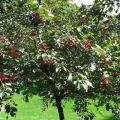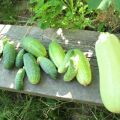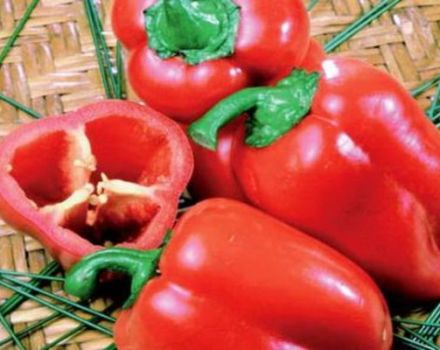What can and cannot be planted next to grapes, plant compatibility
The growing of grapes in Russian regions is becoming more and more popular, and today few people can be surprised by the presence of such a plant on their personal plot. This situation is largely due to the emergence of new varieties that can survive in cold climates. For good growth, it is important not only to observe the rules for choosing a place and caring for a plant, it is equally important what can and cannot be planted next to grapes.
Can different grape varieties be planted next to each other?
The desire to have different grape varieties on the garden plot is natural. At the same time, many gardeners are concerned about whether this will affect the nature of fruiting. Planting different grape varieties will naturally entail the process of pollination, but the hybrid qualities will only affect the seeds, so the color, shape and taste of the fruits will not change from this.

What are the criteria for making a choice?
When choosing a variety, they always pay attention to the characteristics of the variety, the characteristics of fruiting and the timing of ripening. At the same time, one of the important points is missed - the plant's ability to self-pollinate. There are two groups:
- with bisexual flowers;
- with flowering female type.

For crops with flowers of both sexes, the presence of another species nearby is not important, and they are little dependent on insects in terms of fruiting. At the same time, the presence of another species nearby has a positive effect on the yield indicators.
There are varieties that are characterized by female-type flowers. For them, the work of natural pollinators in the form of insects is important, and planting a number of bushes with bisexual flowers affects them positively. During bad weather, varieties incapable of self-pollination require manual work.

Compatibility
Despite the possibility of planting a number of different grape varieties, it is important to consider a number of important details. Plants have a number of significant differences in terms of breeding qualities, so caring for them can differ significantly. In this regard, the compatibility of varieties should be taken into account when planting plants on the territory that do not differ much in terms of growing and care conditions. The following points should be considered:
- requirements for the place and conditions of growing;
- ripening period;
- type of grapes in the form of belonging to the table or technical type;
- features of growth and fruiting.
There are crops with an early and late ripening period, which require different amounts of heat to ripen. Bushes can differ significantly in shoot height and growth power, some varieties do not require strong support, others can grow up to 2 m. The choice of planting scheme and work with plant feeding depends on these characteristics.
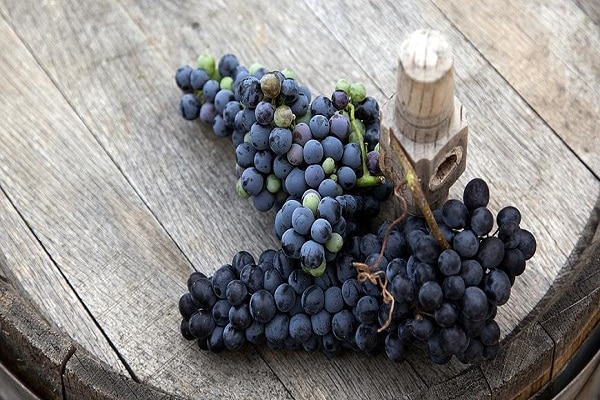
Useful neighbors
The proximity of grapes with certain types of plants can affect the rates of fruiting both positively and negatively. In this regard, before planting a garden culture next to a tree, you should find out how it will affect the growth of the bush. Whole works of scientists were devoted to such questions, who found out what is recommended to be placed under the bushes of grapes.
The most famous was the classification of the Austrian scientist Lenz Moser, who compiled a table of the usefulness of each of the plants for grapes in points. Sour sorrel is recognized as the most useful "neighbor".
Siderata
Soil quality and moisture directly affect the growth and fruiting of grapes. Green manure helps to improve soil quality indicators, which is achieved by growing certain types of plants with their subsequent introduction into the soil. This technique helps to enrich the soil with nutrients, increase its moisture capacity and friability, and activate the work of beneficial microflora.

The best siderates for grapes are:
- lupine;
- sweet clover;
- clover;
- mustard
- rye.
Legumes are sown in the last days of July, cereals in August to September, and during work, mineral fertilizers are applied to the soil. Planting siderates is carried out only in regions with sufficient rainfall, otherwise the plants will become direct competitors to grape bushes, depriving them of precious moisture. Winter crops are buried in the ground in late April or early May, spring crops in October or November. When carrying out work it is important not to damage the roots of the grapes.

Helping weeds
Weeds help keep the plant from spring frosts, therefore, when laying shoots for the winter, they are covered with them. During hot weather, they will prevent evaporation of moisture from the soil; it is enough to fold them in the aisle. Green mass is considered a good raw material for composting, and when burned, ash can be obtained, which is an excellent natural source of plant nutrients.
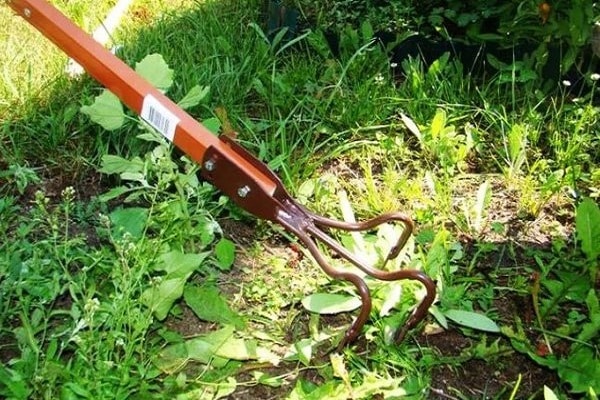
Planting cucumbers near the trellis
The proximity of cucumbers and grapes is considered acceptable. To grow the first, in this case, trellises are used, while it is important to choose a variety that behaves well in outdoor conditions.
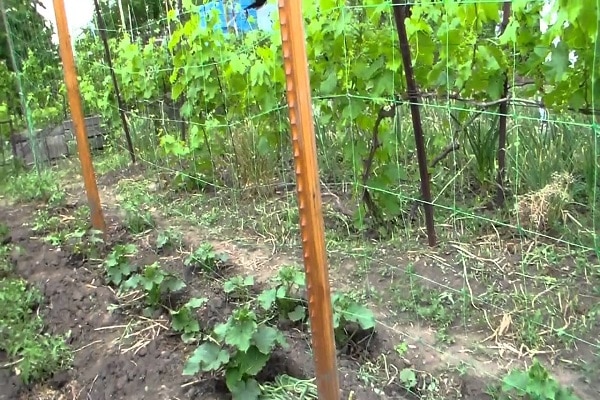
Strawberries between the rows
The soil between the vines is humid and the shoots form a shade. Such conditions are considered optimal for strawberries. At the same time, due to different penetrations of the root system into the depths of the plant, they do not compete with each other for nutrients.
When planting, it is important to take into account the fact that the distance to the grape bush must be sufficient for free collection of both types of berries. Often with such cultivation, gardeners are faced with a mismatch in the ripening times of crops. In June, strawberries begin to bear fruit, but at the same time, it is required to treat grape shoots with pesticides, which imposes a ban on the use of sprayed berries.
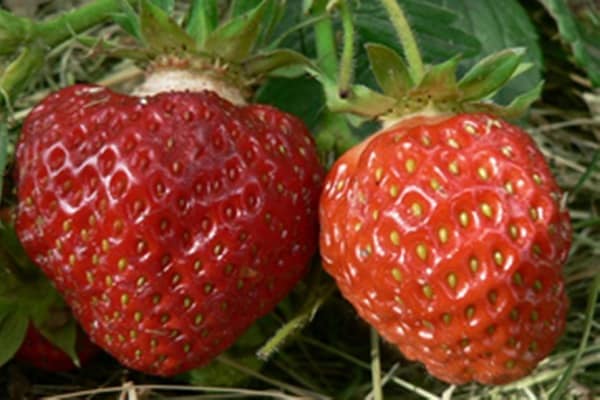
Roses
Previously, roses were frequent neighbors of grape shoots. So the owners protected the planting from uninvited guests in the form of accidentally wandering cattle. Flowers were considered an indicator of a disease dangerous to grapes - mildew. The first signs of it appear on roses a little faster, so you can start the fight earlier in this case.

Onions and garlic
Planting onions and garlic next to grapes can help ward off a large number of pests. It is permissible to plant only turnips; it is better to refuse to choose varieties of pearl onions and chives for these purposes. It is important to periodically loosen and feed the plants.
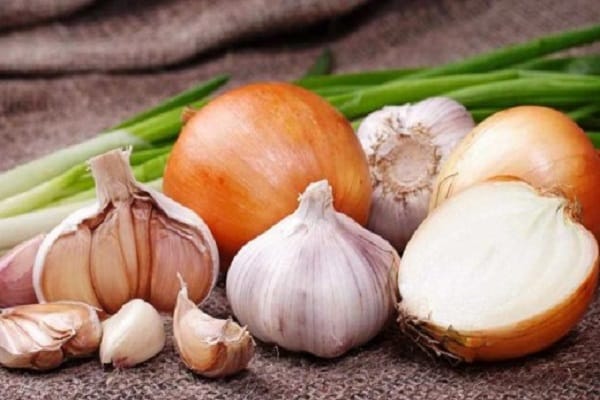
Cabbage
For grapes, the proximity to white cabbage is good. To reduce the risk of diseases of both plants, it is better to use early varieties for planting the “neighbor”. They have a short ripening period and are therefore less susceptible to pests.
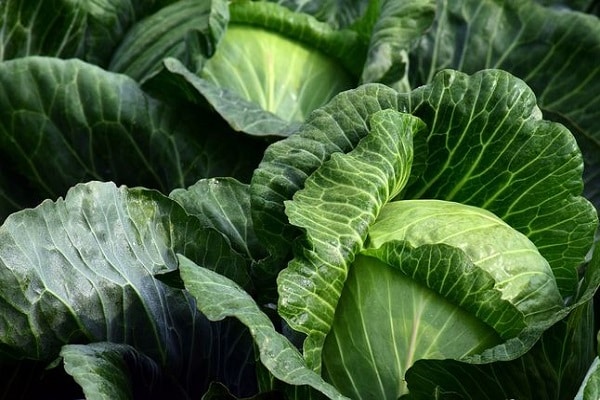
Other flowers and vegetables
The greenery of the vines can shade the garden crops from the sun. In the shade of the shoots, flower crops feel great - aster, viola, phlox, primrose and many others. Most types of greens cohabit well with grapes - sorrel, dill, spinach. Cucumbers find additional support when growing on trellises.
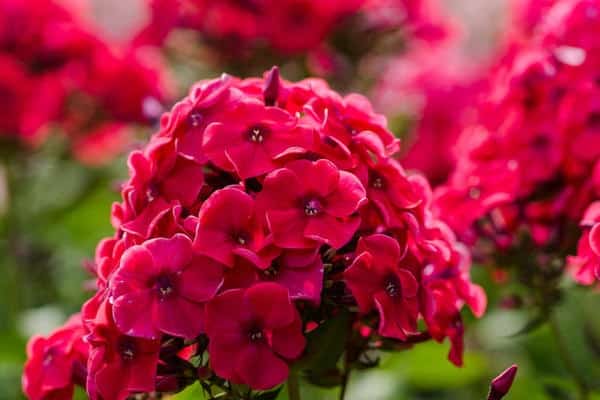
Neutral interacting cultures
Garden crops that are neutral to grapes include cherry, pear, plum and apple trees. Their planting in the neighborhood does not have a significant impact. It is important to take into account the factor of sufficiency of light, since tall trees and shrubs can lead to shading, and a lack of light is one of the factors in reducing the yield.
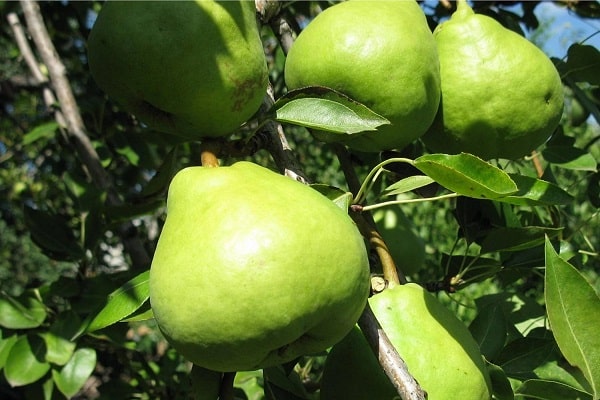
Plants that do little harm
Plantings of potatoes, eggplants, celery and chillies located next to grapes can cause minor harm.
Antagonists
When planting grapes, it is important to know not to plant nearby. In most cases, the ban is imposed when crops begin to struggle for nutrients, are prone to certain diseases, or differ significantly in the care required for growth.
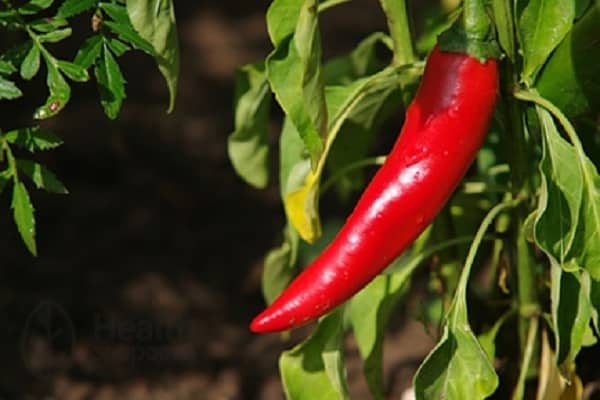
Wild
Weeds are harmful to grapes. The most harmful are dandelion, wormwood, yarrow, wheatgrass, plantain leaves, nettles.
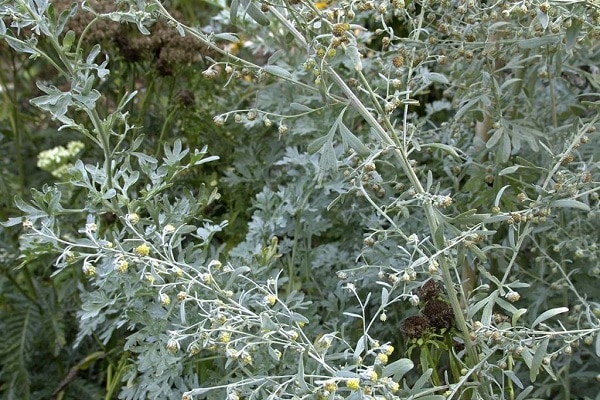
Garden
You cannot sow lawn grass, tomatoes, corn, horseradish and sunflowers near grapes.
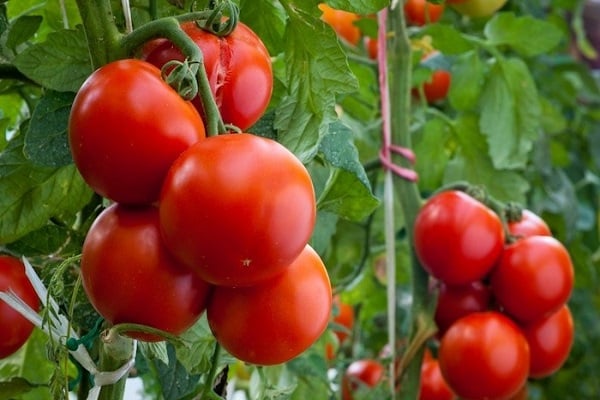
Other "enemies"
All varieties of horticultural crops that have common pests with grapes and have a tendency to the most dangerous diseases for it are prohibited. Failure to comply with this rule significantly increases the risk of infection.
Plants with a similar type of structure of the root system are not planted next to them, as this leads to competition between them. Do not plant nearby crops that require frequent watering. As a result of excessive moisture in the soil, the roots of the grapes will begin to rot, and this can lead to its death.





